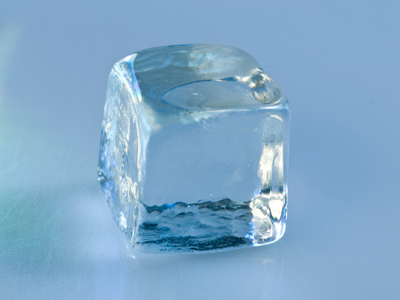

Reversible and Irreversible Reactions
This Chemistry quiz is called 'Reversible and Irreversible Reactions' and it has been written by teachers to help you if you are studying the subject at high school. Playing educational quizzes is a user-friendly way to learn if you are in the 9th or 10th grade - aged 14 to 16.
It costs only $19.50 per month to play this quiz and over 3,500 others that help you with your school work. You can subscribe on the page at Join Us
There are many types of different chemical reactions: neutralization, decomposition, combustion and oxidation are four of the common ones. This high school Chemistry quiz is all about reversible and irreversible chemical reactions. When a reaction is described as being reversible, it can go both forwards and backwards at the same time. These type of reactions occur when the products are able to react with each other or if the product is decomposed by the conditions used for the reaction. A good example is the decomposition of ammonium chloride. The products are ammonia and hydrogen chloride. Ammonia is a base, hydrogen chloride is an acid and they react together to form ammonium chloride.
irreversible →
irreversible →
irreversible ←
reversible →
Ready for more?
not all...
quizzers. Try to win a coveted spot on our Hall of Fame Page.






